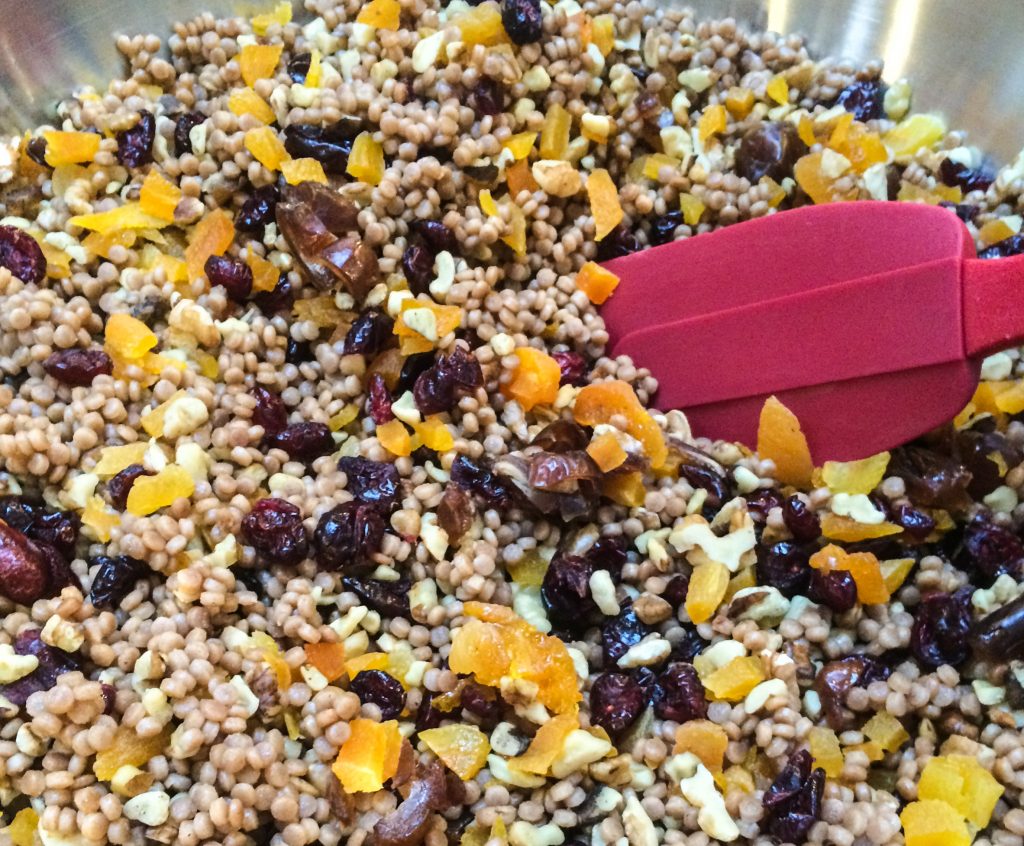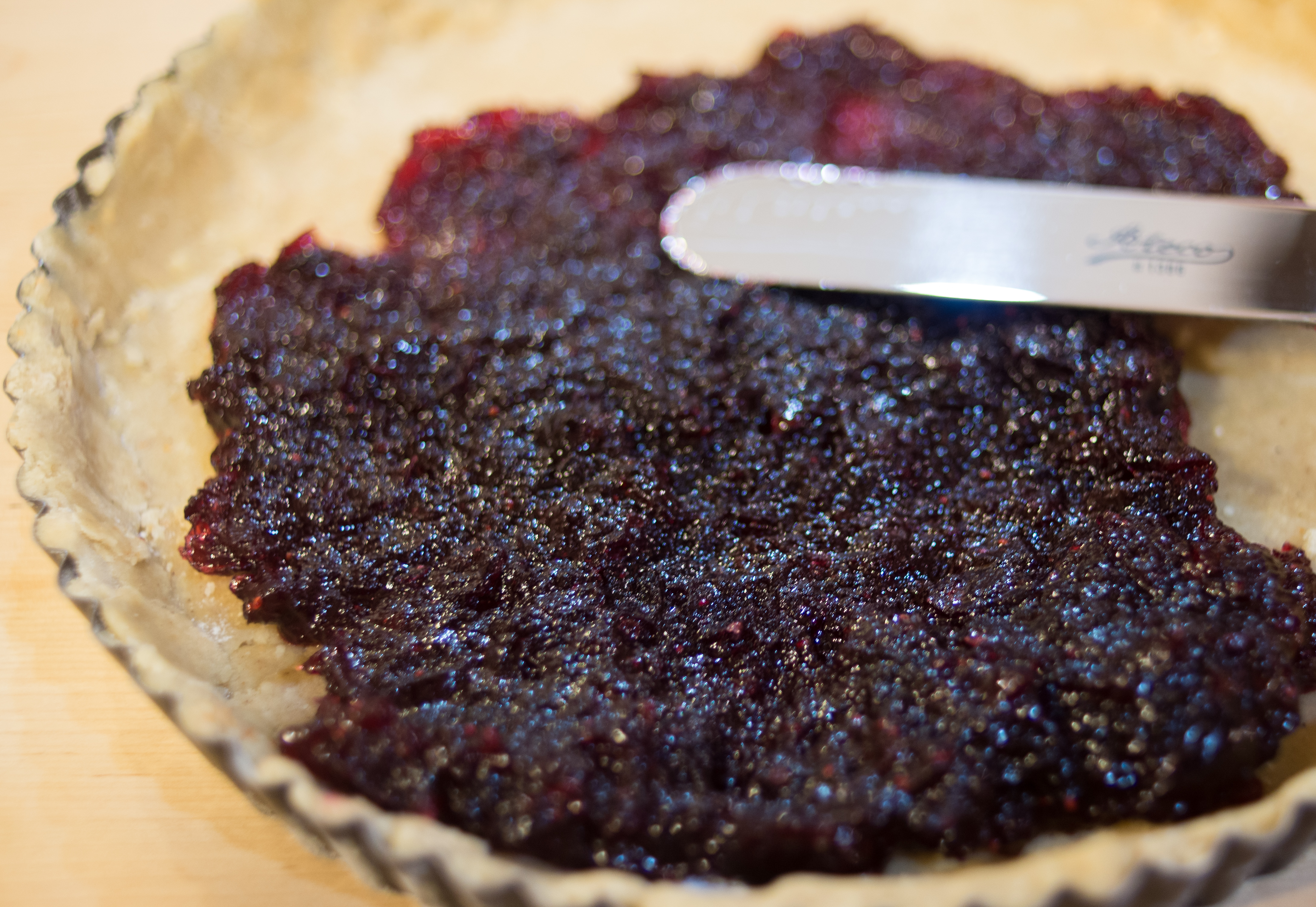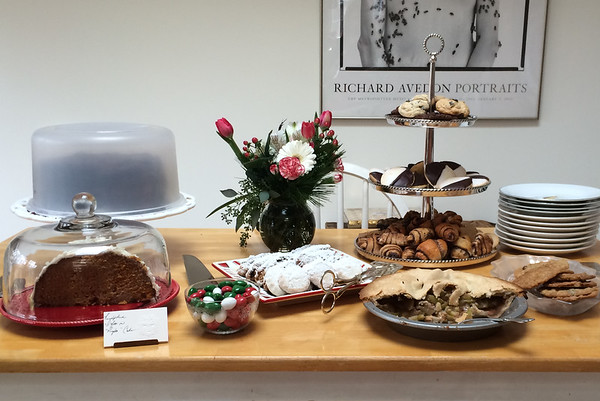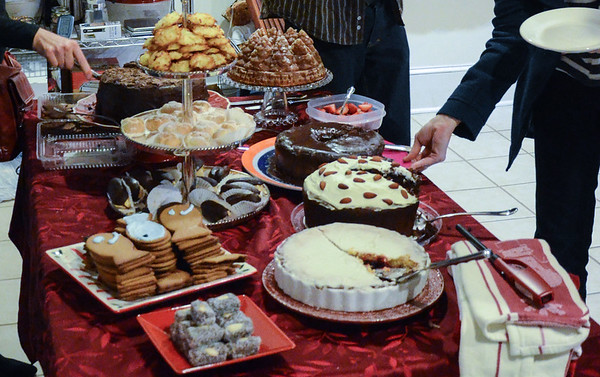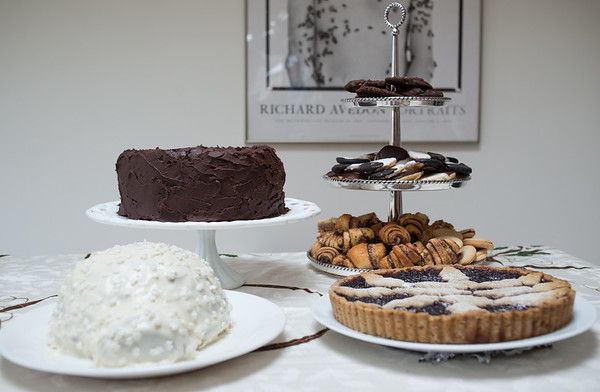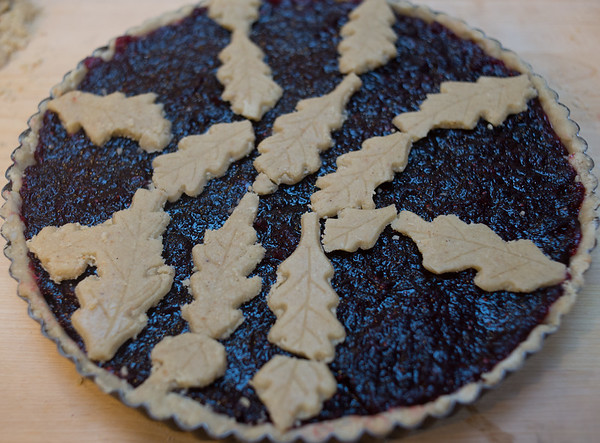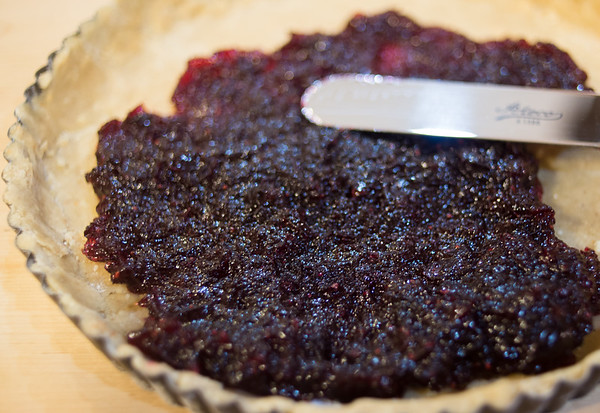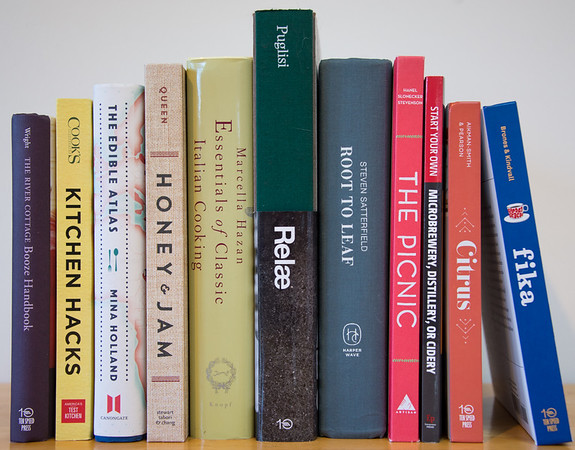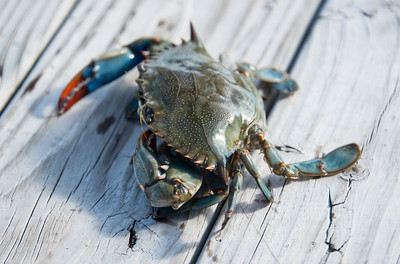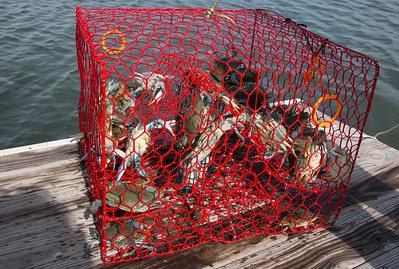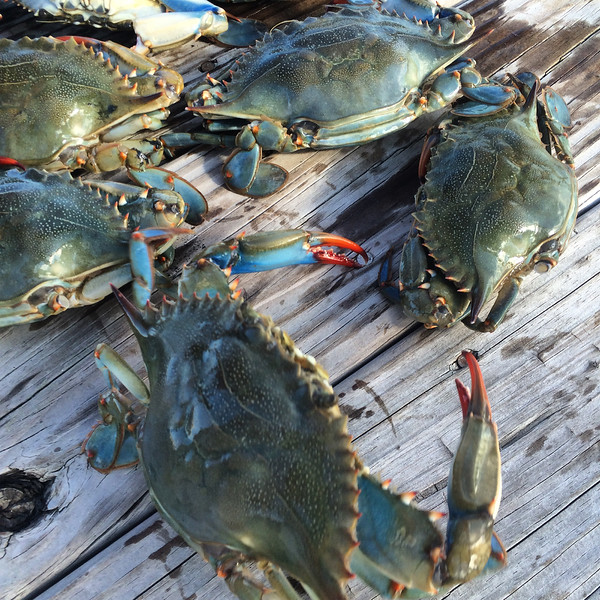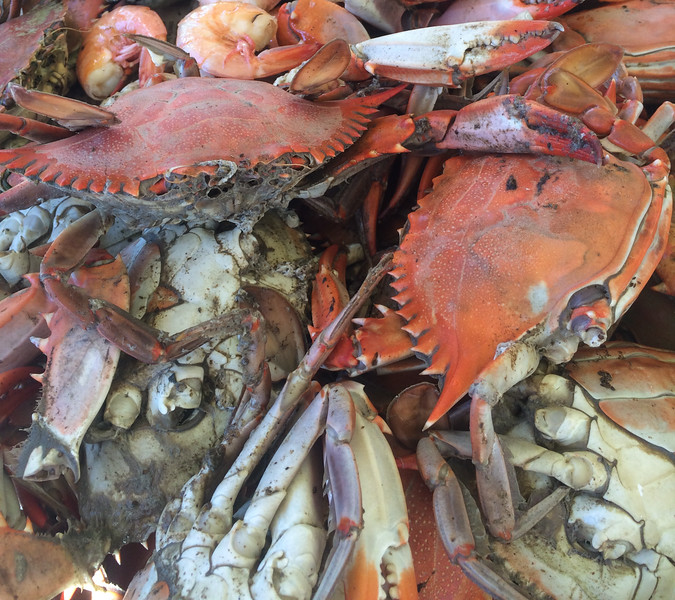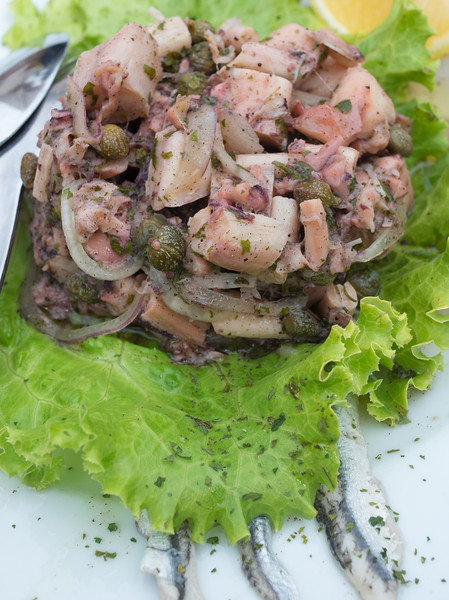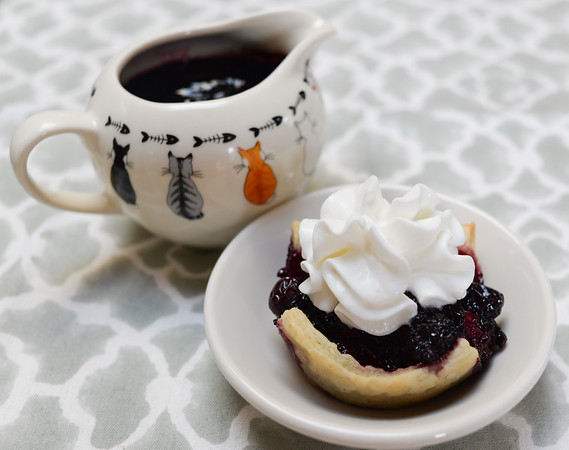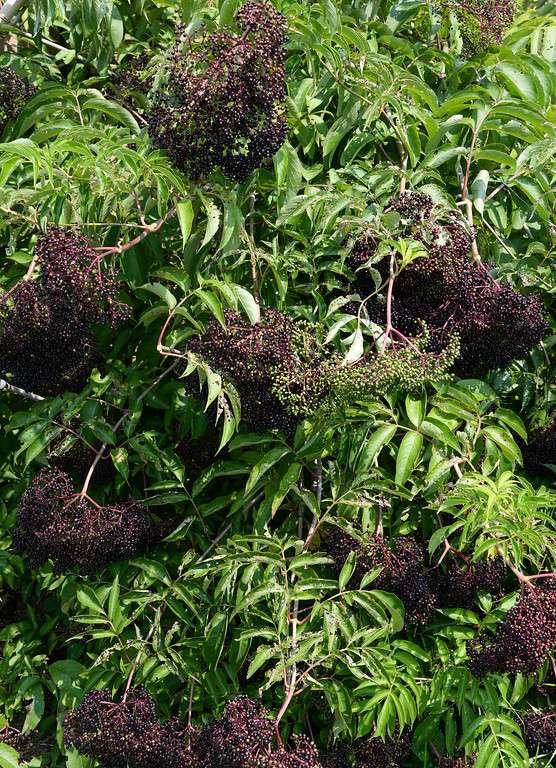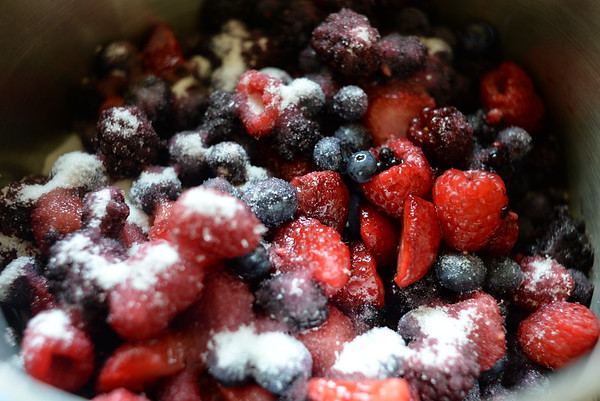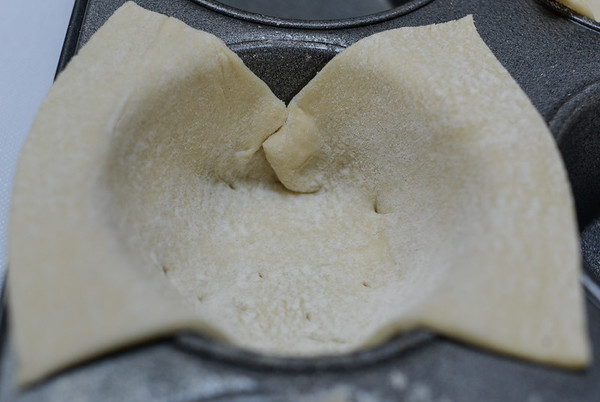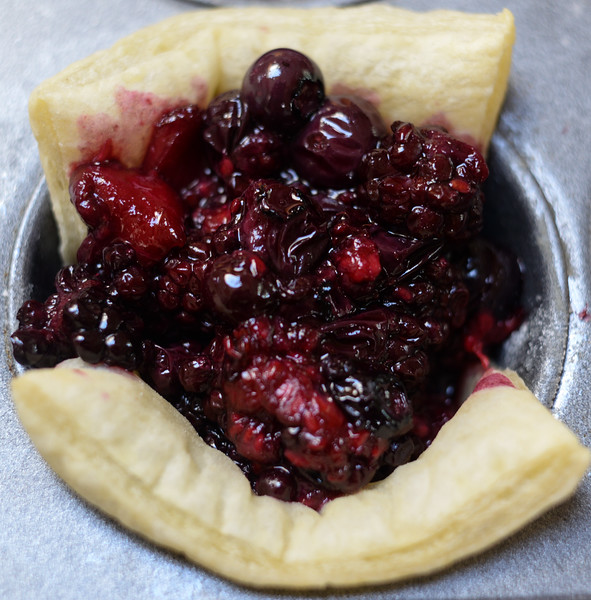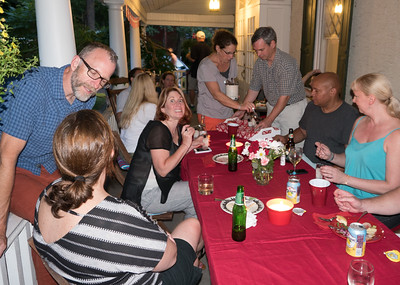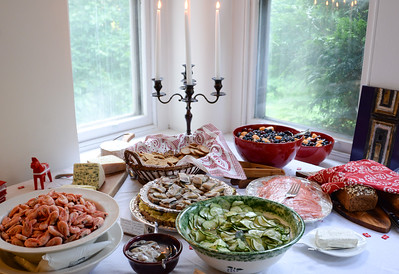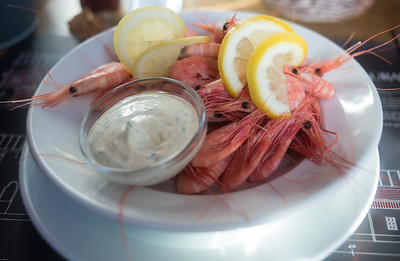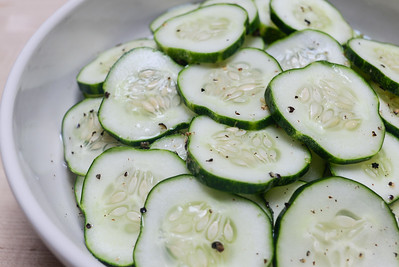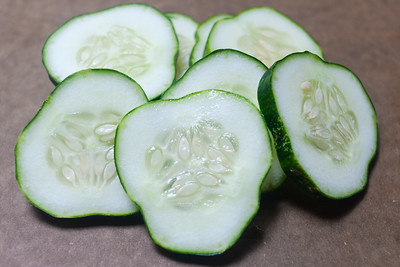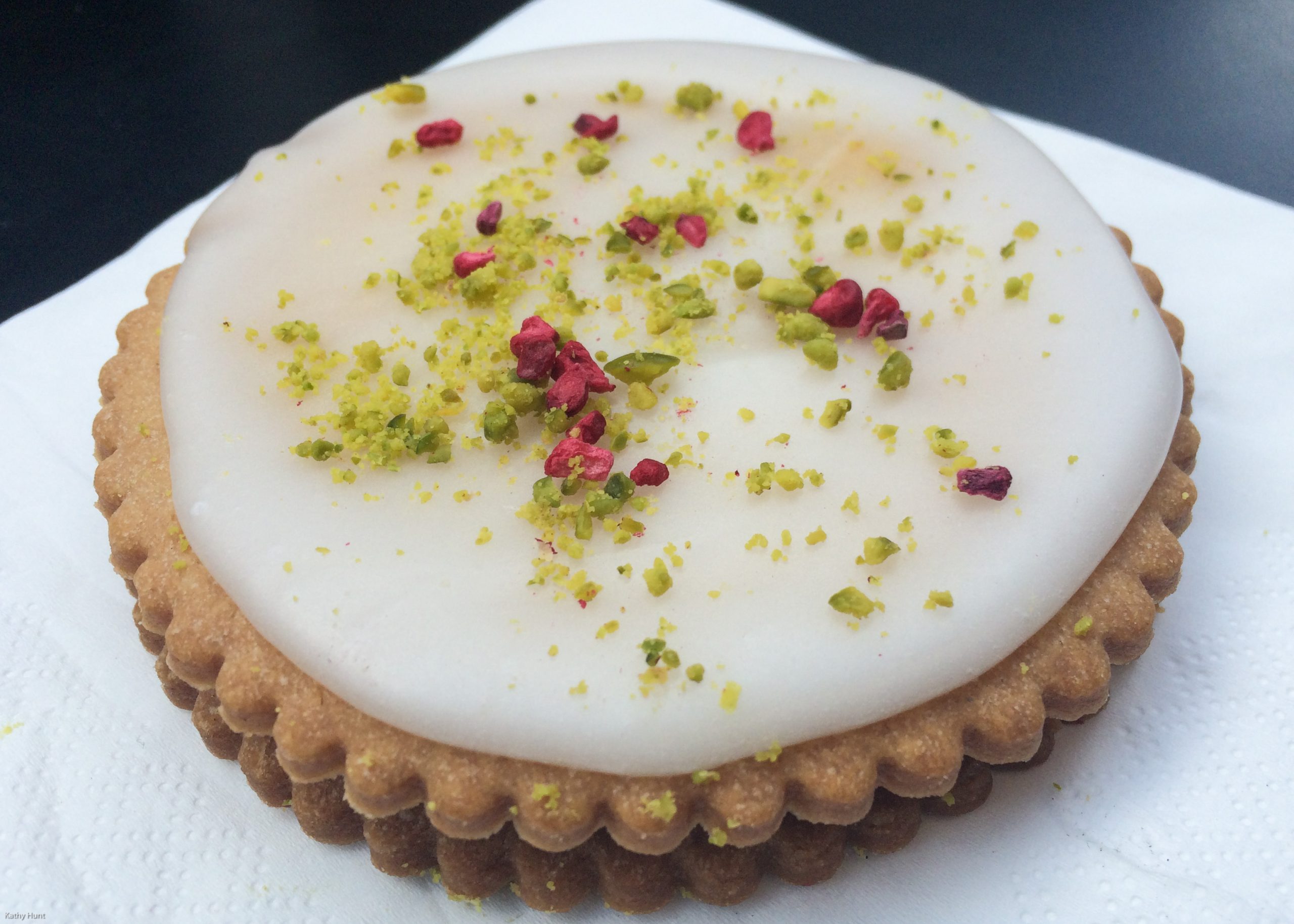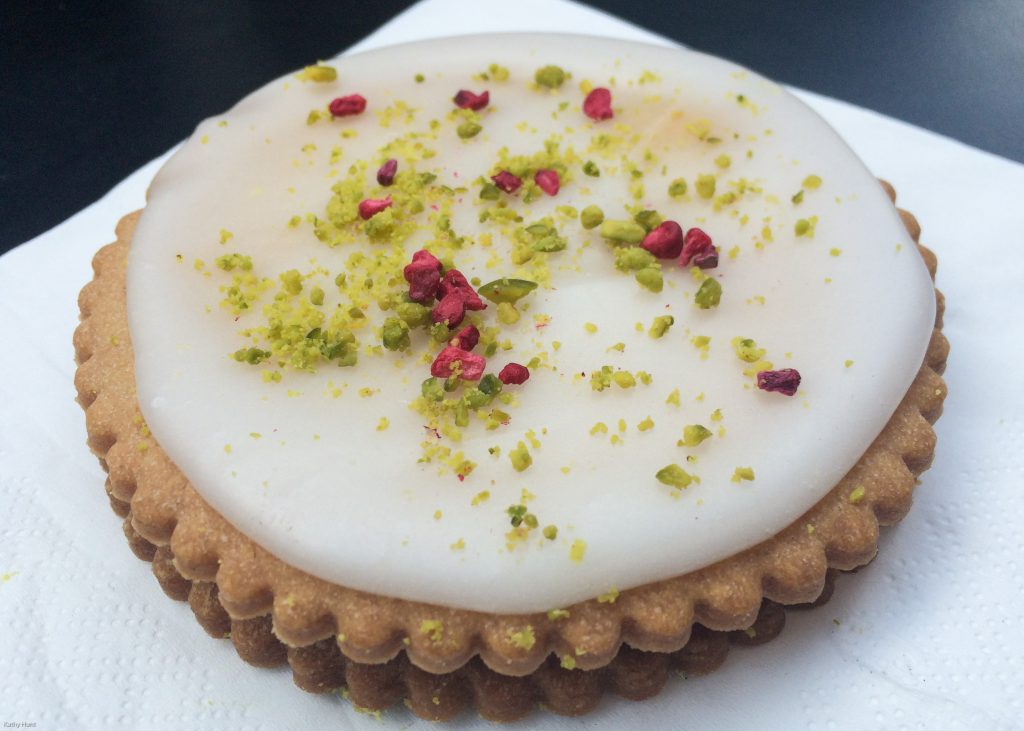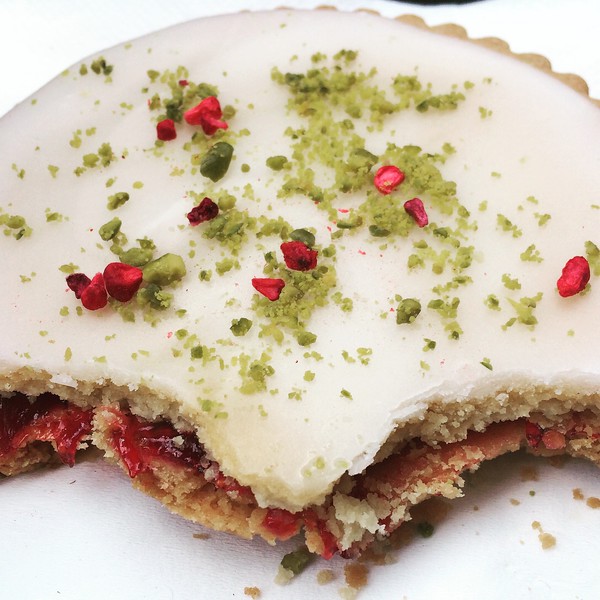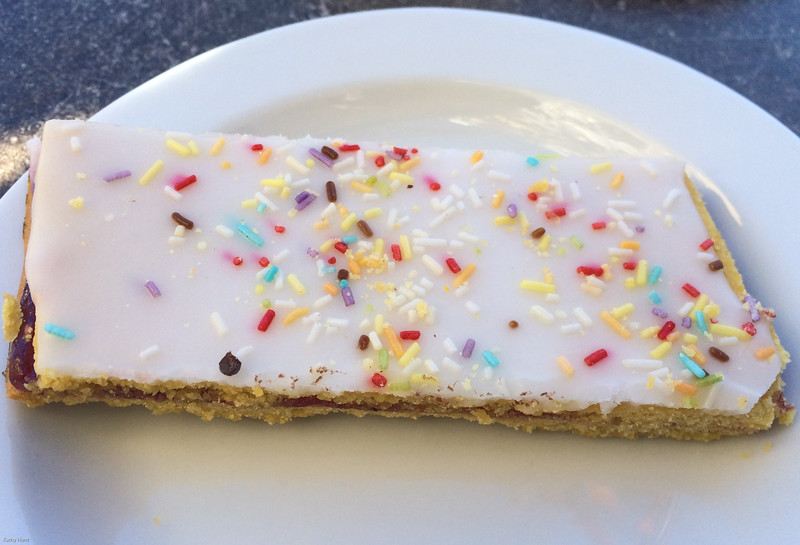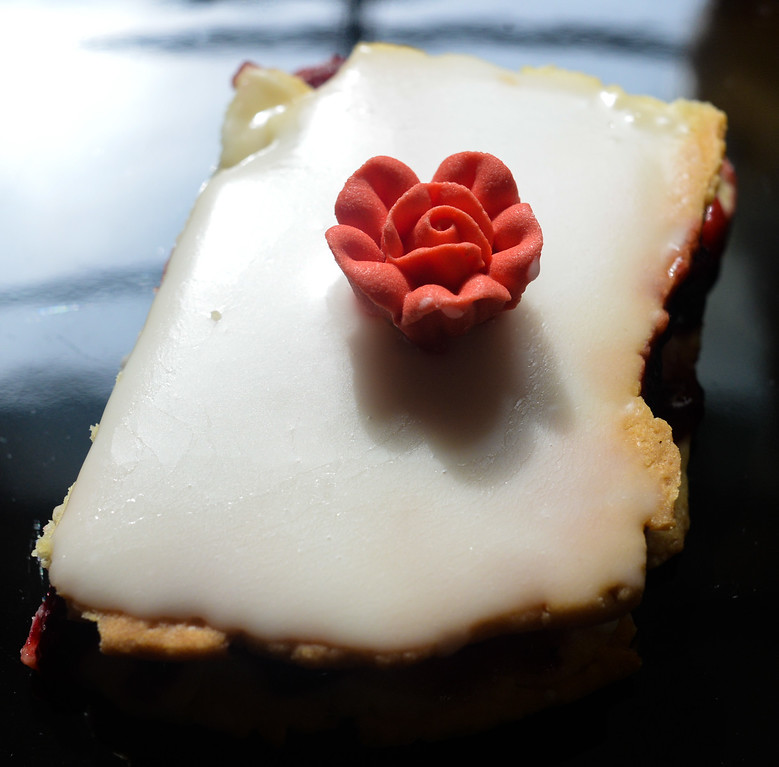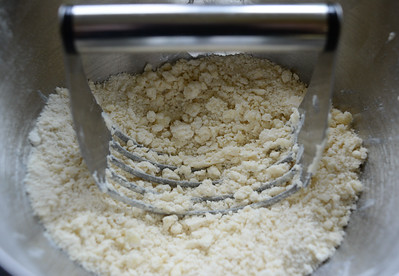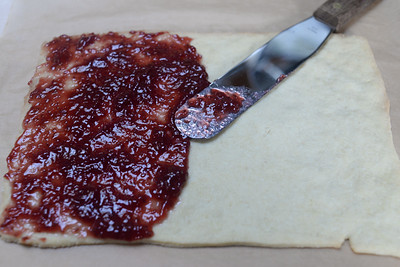When I started Kitchen Kat in 2007, I wasn’t thinking about social media followers, book contracts or sundry other motivators that drive bloggers today. My intention was, and remains, to share favorite food stories, photographs and recipes. Frequently the posts have been inspired by travel. Equally often they have originated from conversations and experiences with my old neighbor and friend Frank P. Wilmer Jr., also known as Apple Frankie.
As is the case with many of our encounters, my earliest memory of Frank involves food. In my early 20s, newly married and new to Southeastern Pennsylvania, I was surprised when a cherubic-faced, stout man with a shock of white hair on his head and a plastic grocery bag in his hand showed up on our doorstep one spring evening. Introducing himself as our next-door neighbor, Frank handed over the bag and prompted me to open it. Peeking inside, I saw a jumble of long, beige, honeycombed mushrooms. Wild morels, Frank explained, plucked from the woods behind his farmhouse.
A product of the suburbs, I had never picked a mushroom anywhere outside of a sterile grocery store. Up to that moment my most radical mushroom meal had consisted of a benign looking Portobello. Faced with peculiar, moist, bug- and dirt-dotted fungi, I decided that I would thank the friendly man for his unusual welcome-to-the-neighborhood gift and, once he left, toss the bag into the trash. Instead of discarding his present, I ended up learning how to clean and cook one of nature’s delicacies.
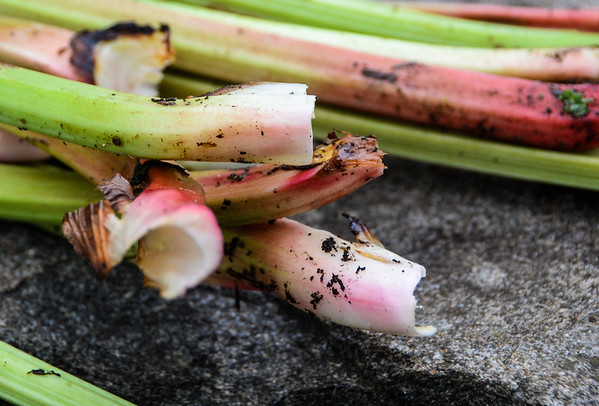
Rhubarb fresh from Frank and Jane’s yard
My education didn’t end with morels. A few weeks later, Frank and his wife Jane stopped over with a bag stuffed with what looked like red celery. It turned out not to be an obscure celery variety but rhubarb pulled from their yard. In spite, or because, of my ignorance, Frank followed up with containers wild berries and invitations to pick organic cherries, elderflowers, elderberries, apples and persimmons on the Wilmer’s 30-acre, gentleman’s farm.
While I liked these gifts, what I appreciated most were the lessons that accompanied them. Curious about how to grow grapes, make wine, cider or sushi, dry fruit or chili peppers, gut and fillet fish, craft the Buddha out of marzipan, control the local groundhog population, market a business (one word: signage) or pepper conversations with quotes from Dickinson, Frost or Shakespeare? Thanks to Frank, I possess the know-how to do all these things. Granted, I don’t quote poetry or keep the wildlife community in check but, if I wanted to, I probably could.
Along with hands-on knowledge he imparted life lessons on how to be a good neighbor, an adventurous traveler and informed citizen. He also showed what it meant to be a friend. After my mother, uncle, father, childhood friend, cats and dog died in rapid succession, Frank was the first to call and ask point blank if I was, and was going to be, okay. Clever as well as kind, he was also the first to tease me about being a writer and a food writer at that. “Don’t hold back. Tell me what you really think of rhubarb.”
Frank’s background was as diverse as his insights. He had earned a bachelor’s degree in anthropology from Temple University, worked in military intelligence in Saigon during the Vietnam War and backpacked around the globe with Jane and, later, their children Emma and Cody. He opened a winery—Wilmont Winery—long before operating a boutique winery was in vogue. For roughly 30 years he also ran Apple Frankie’s, a prosperous funnel cake business that he had created in 1973. He was, as we liked to call him, the funnel cake king.

Sean, Pepe and Frank on a buggy, summer morning at the farm
When he wasn’t working at fairs and festivals, wintering with Jane in the Florida Keys, sharing updates on Emma and Cody, golfing, fishing, volunteering, visiting friends or hanging out with his much loved dogs, he buzzed around on his Kubota tractor and golf cart in shorts, a threadbare Temple ball cap and faded T-shirt. With Frank there was no artifice or pretentiousness. He was who he was. He embraced life and, in his own words, ‘had found his bliss.’
A larger-than-life man was bound to become a subject of my writing. First profiled for one of my graduate journalism school assignments, Frank went on to appear in syndicated articles written for Tribune Media Services, features for the Journal Register and Zester Daily, Kitchen Kat posts, my seafood cookbook Fish Market and several Kitchen Kat Youtube videos. When Herring: A Global History comes out, he will appear there, too.

Frank (and my right hand) at the launch of Fish Market
Sadly, unlike at the May 2013 launch of Fish Market where he sat only a few feet from me, smiling as I nattered on about writing and fish, Frank will no longer be my literal right hand man. On January 15, 2016, he passed away unexpectedly. He was 72.
Among the countless things that I will miss about Frank Wilmer are the early morning calls concerning grammar, word usage and his love of ellipsis, photo exchanges of fish caught, food made and vistas seen and emails with a single consonant as the subject line. (Why waste all that time on a subject line? Make people curious. Make them want to open that email.) I will miss the cooking projects, impromptu field trips, colorful stories and comfortable conversations. Most of all, I simply will miss Frank.

With Jane and Frank Wilmer


